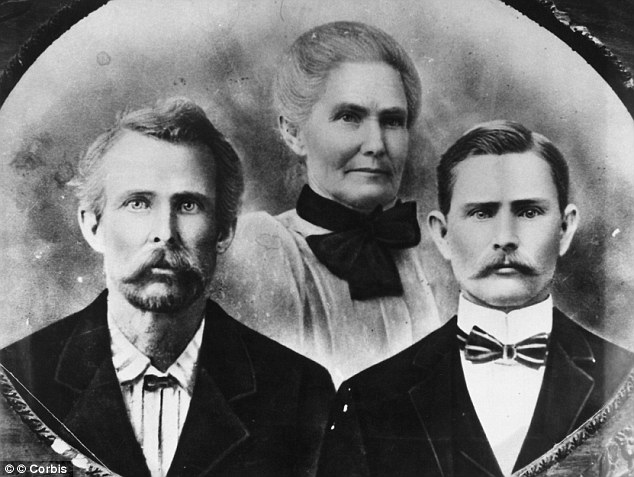STAYING WARM
That night I reported to work at 1100 PM and was surprised to learn that my post was a special post tasked with protecting the crash site. It was a frigid night and the crash site was in a remote section at the end of the runway. There were a couple gasoline powered lighting generator units that were running but with the lights turned off. It was a moonless night. After my sergeant posted me he drove off and the night became pitch black. I could barely see my hand in front of my face but after my eyes adjusted to the darkness I began to see an unbelievable scene of destruction. There are few things worse than the devastation of a crash site. The smell of jet fuel or (JP 4) was overwhelming and wreckage was strewn for hundreds of feet. I could see one of the crewman's white helmets and and an ejection seat. It was very spooky there in the dark but after a while all I could think about was staying warm.
As I walked by a lighting unit I could feel the warmth of the exhaust against my leg and it gave me an idea. Soon I was warm as toast as I leaned against the exhaust fan vent. The hood of my parka was zipped up and I became too comfortable so I set my rifle down beside me and before I knew it I was fast asleep. All of a sudden I was blinded by bright lights. In a stupor I took a step or two toward the runway until I realized that the lights were to my left. When I turned around I was facing my Flight Chief, TSgt Bilbrey who was also from Tennessee. I snapped to attention and in a loud voice said "Airmen Segroves reports special post one all secure". Bilbry was friendly as he made small talk with me and asked if I was doing okay. Then he asked me a few security questions which I answered correctly. As he was leaving he turned to me and said "oh by the way, do you always walk your post without your weapon". I was momentarily gripped with panic when I realized I didn't have my rifle. I looked over and my weapon was propped up against the lighting unit. Sgt Bilbry smiled and walked back to his staff car without saying a word and drove away. I was very lucky that I wasn't written up and given an Article 15 but it was a mistake that I would never repeat again. Years later I was reading General Colin Powell's autobiography and as a junior officer he left his pistol lying out in the open and it was found by a superior officer. His commander reacted just like Sgt Bilbrey. I didn't feel so bad after that. That is the mark of good leadership. If you have character no one has to beat you over the head with your screw up. Because nobody can beat you up better than you can yourself.







Comments
Post a Comment